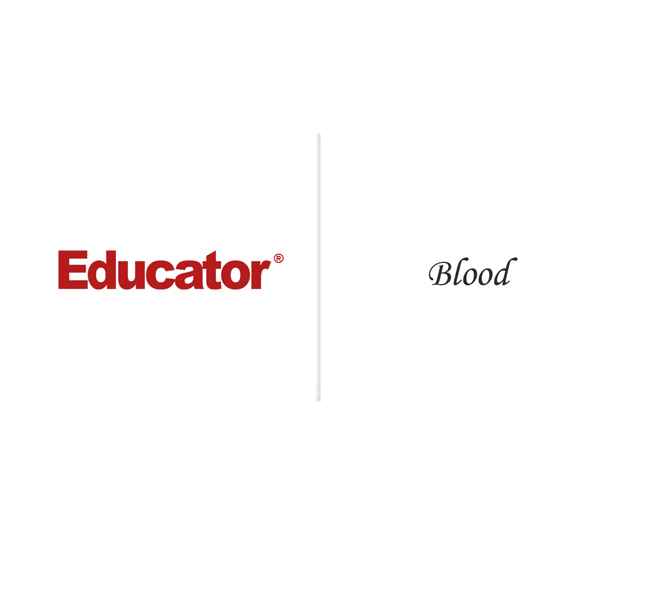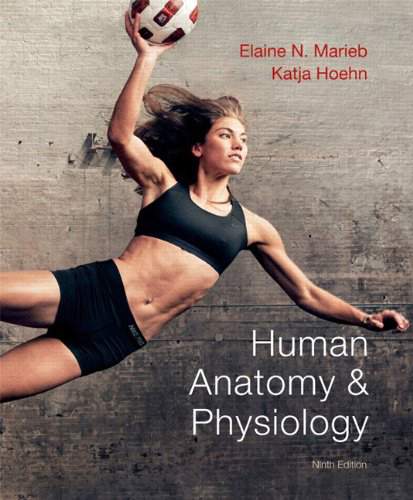Connecting...

For more information, please see full course syllabus of Anatomy & Physiology
Anatomy & Physiology Blood
Blood transports nutrients and gases like oxygen around the body and collects waste from cells. It also helps regulate body temperature and pH, restricts the loss of fluid during injury, and defends against pathogens. Blood is comprised of red blood cells, erythrocytes, thrombocytes, leukocytes, and plasma. Red blood cells are produced by erythropoiesis and are shaped like disks that are concave on both sides. They do not contain nuclei, but they do contain the protein hemoglobin, which transports oxygen throughout the body, and blood cells are broken down in the liver, spleen, and bone marrow through hemolysis. This lecture also covers blood types, transfusions, white blood cells, and hemostasis (the stoppage of bleeding). Blood conditions and disorders include hemorrhage, embolism, anemia, sickle cell disease, hemophilia, and leukemia.
Share this knowledge with your friends!
Copy & Paste this embed code into your website’s HTML
Please ensure that your website editor is in text mode when you paste the code.(In Wordpress, the mode button is on the top right corner.)
- - Allow users to view the embedded video in full-size.










































 Answer Engine
Answer Engine




1 answer
Thu Feb 18, 2016 2:17 PM
Post by karen mosquera on February 18, 2016
why is embolism more common in elderly?
2 answers
Last reply by: Kayla Steiner
Fri Apr 18, 2014 11:07 PM
Post by Kayla Steiner on April 18, 2014
What's the reason for the multi-lobed nucleus in the leukocytes.
1 answer
Tue Jan 28, 2014 11:32 AM
Post by Habib Awes on January 27, 2014
1. how haemoglobin is involved in carbon dioxide transport.
2. how H+ ions are produced within an erythrocites and how haemoglobin helps to buffer the blood
3. what is the equation showing combination of O2 and haemoglobin